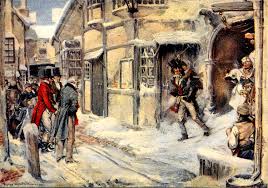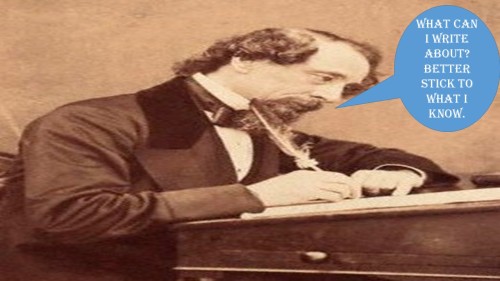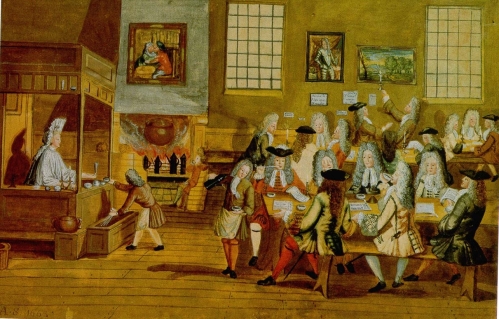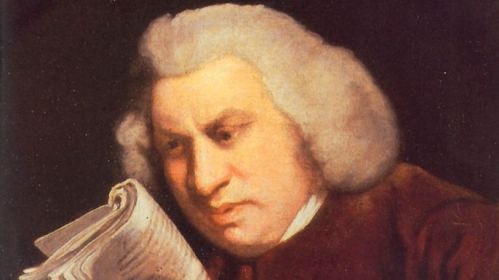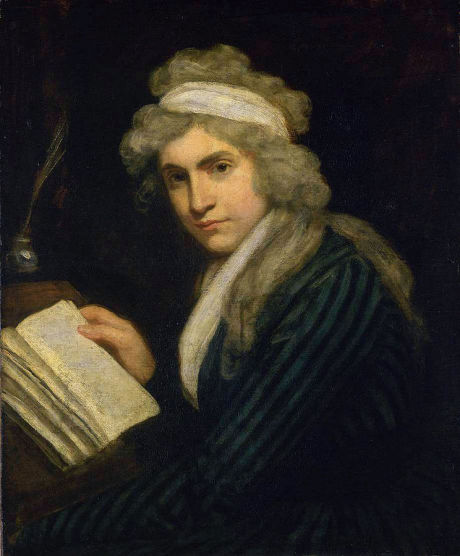Let’s Go
Sometimes folks are put off writing because they can’t screw down an idea in their head and then get it down. This means that it sits lurking in the back of their brain for years. They then think of another idea and the same thing happens again. This goes on for years and years and nothing ever actually ever gets written. In this writing workshop, I want to show you how to get a plan for your story, down on paper or a screen, to get you over that. Creative writing lessons are very useful for this.
We are going to do it by using Christmas Carol as a springboard for your own story plan. Don’t worry, you don’t have to read the book if you don’t wish to, you simply have to follow these steps and then you have a clear picture of where you are going with your Christmas story.
Take a genre
“His colour changed though when it came on through the heavy door and passed into the room before his eyes.”
Christmas Carol is a ghost story. The Victorians loved to sit and listen to ghost stories on Christmas Eve and so you might decide to follow suit and plan a ghost story and maybe even write it in time for Christmas. However, if you don’t care for supernatural tales, I would suggest that you write something that you really enjoy reading or watching on television. Writing a genre that you don’t really love is self-defeating, that is my personal belief anyway and this is something that is born from experience. Writing workshops are meant to be enjoyed.
If you don’t like ghost stories perhaps you could write a:
- Christmas love story – it doesn’t have to be a straight forward one. Love comes in many forms. It could be about friendship, the love of an animal, the love of a hobby or even the love of an ideal.
- Christmas murder – whatever happened to the bell ringers? it’s not just people that get murdered at Christmas so do Christmas carols (how do we get rid of that woman with the dreadful shrieking voice from our choir before Christmas Eve?) Who is going to do the dirty deed with the live turkey?
- Christmas comedy – There is no better time for setting comedy really because it is the main time when people that don’t really get on or have anything in common are locked in a house together for hours on end. This is your Christmas gift and it doesn’t matter how many times it has been done because each family has its own weird ways and conflicts so you can always create something fresh from this.
- Christmas adventure – this also an ideal time to set an adventure story because a lot of people are in transit because of visiting during this time so it allows for all sorts of unexpected problems to occur.
Decision time – Make a note of what genre you are going to put in your plan for your Christmas story.
Take a character
Dickens cleverly chose to portray a miser as the main character for his Christmas story so that he could use the weather as a metaphor for Scrooge’s personality.
“He carried his own low temperature about with him” slyly defines the meanness of this old sod without saying it outright. Let’s use this quotation as a springboard for the character that we are going to create for our own story. We don’t have to use ‘he’, it can just as easily be a ‘she’. Let’s brainstorm some ways a person can be miserly, remember it doesn’t just have to be with their money.
You could have:
- A husband or wife that is generous with money but never spends Christmas Day with their spouse.
- A partner that never ever likes the gifts that are bought for them.
- A parent that never lets the grandparents see the little ones over the holiday period.
- A member of the family that won’t let the rest of the clan celebrate the season.
The list is endless. You can use one of these or you can come up with your own miser. If you have another idea for a Christmas character and don’t want to use a miser that is fine too. The main objective is to get you to plan your Christmas story.
- Once you have chosen what your main character is going to be miserly about, I want you to give a reason for their behaviour. So if, for instance, you’ve chosen ‘a partner that never likes the gifts that are bought for them’, you need to re-write your sentence like this – My character never ever likes the gifts that are bought for them because they are frightened of disappointment.
- You then need to think about what has happened in the past to make your character like this. It could be that when you character was a kid they had wished more than anything in the world for a train set or a beautiful doll but instead got a book on fly fishing. The disappointment was so overwhelming that they prime themselves that they will never like anything they are given again. This means that they will never be disappointed again.
- Can you see how this instantly makes your character like a real person because they have got a back story and emotions? It also will make your story more truthful because in fiction all characters need to have motives for what they are doing or for how they are acting.
You can still do this exercise if you haven’t chosen to use a miser, you simply need to give the reason for your main character’s behaviour.
Decision – Make a note of your character’s personality type and why they behave like this.
Take a plot
Dickens has used a miser in Christmas Carol because it is the opposite of the Christmas message. This means that we automatically have conflict. Conflict is at the heart of any plot. It is conflict that causes the action and moves the story along. Quite often it is the main character that is in conflict with something else and so tries to find ways to overcome the obstacles that they are up against. However, in Christmas Carol, it is the Christmas message that is trying to change Scrooge’s behaviour and this is what moves the plot along.
“Every idiot who goes about with Merry Christmas on his lips should be boiled with his own pudding and buried with a stake of holly through his heart. He should!” Notice how visual the language is. We are in no doubt that Scrooge not only hates Christmas but he also feels violent towards anyone that actually enjoys it. This is what the Christmas Message has to overcome.
If you followed step one, you may not realise it but you have already developed the step that you need to overcome.
Dickens uses the excellent plot device of three attempts. Scrooge is taken to Christmas Past, Christmas Present and Christmas Future by three supernatural characters. It is through these visits that he sees how destructive the obsession with money is and changes his miserly ways. Basically, this is a very useful structural device that means that you think of three ways to resolve the main character’s problem or change their thinking. You have to make sure that your character fails the first two times but resolves the problem on the third attempt.
Decision – Make a note of the three steps that your character is going to take to either change their ways or overcome their problem. Remember to make them fail the first two times.
Take a setting
“Meanwhile the fog and the darkness thickened so that people ran about with flaring links, proffering their services to go before horses in carriages and conduct them on their way.”
For me, setting is as important as character and plot whether I am reading or writing. Not only does it create atmosphere but it also allows the story to become whole as the setting connects to each part of the story. In other words, the setting is freezing cold and foggy – this echoes Scrooge’s heart. It is a ghost story so we can believe in its truth because of the background. This makes it easy to imagine. I know many people talk about clichés but at the end of the day a cliché is something that is tired from being overused, if you keep your story fresh by offering the true essence of yourself into it, you can use such backgrounds for a ghost story.
By this point, you may already have a setting for your Christmas story but in case you haven’t – here are some to choose from:
- A luxury cruise liner
- A log cabin in the woods deep in snow
- An allotment site
- A theatre
- A ruined abbey
Decision – Make a note of your chosen setting for your Christmas story.
Your springboard sentences
You will have noticed that I have taken a sentence out of Christmas Carol to flavour what I am referring to. It is a good idea now to return to your plan and start concocting your own springboard sentences. The reason for this is that having to write one sentence only for each part of your story will actually make it easier for you to start writing. It is amazing how it takes away the fear of getting stuck in. Creative writing workshops are actually fear fighters.
The other reason for having springboard sentences is that because you only have to do one sentence, you will make sure that it is a good one, one that you can appreciate and this will build your confidence as a writer. You can either do your springboard sentences now or you can do then with your checklist at the bottom, decide which is more comfortable for you.
Checklist
Still using Christmas Carol as an example – this is what your plan should look like for your Christmas story.
Genre – ghost story.
My springboard sentence is “His colour changed though when it came on through the heavy door and passed into the room before his eyes.”
Character – Ebenezer Scrooge is a miser. He loves money more than anything because deep down he is frightened of being poor and alone. I believe this comes from him seeing how utterly wretched the very poor are in Victorian society and he feels that he has to avoid this at all costs.
My springboard sentence is “He carried his own low temperature about with him.”
Plot – The aim of the story is to make Scrooge see that being a miser leaves you alone which in turn makes you the poorest person on earth. In essence, his miserly behaviour means that he will end up in the position that he is terrified of.
1st attempt to change Scrooge – a visit from the ghost of Christmas Past makes him see how he lost the true love of his life because of his love of money.
2nd attempt to change Scrooge – a visit from the ghost of Christmas Present shows him the love that takes place in both the Cratchit’s household and also his nephew’s too. He then sees two starving children, Ignorance and Want.
3rd attempt to change Scrooge – a visit from the ghost of Christmas Yet to Come shows Scrooge how people act after his death and it is this behaviour that makes him realise what a dreadfully nasty old sod he had become. Finally, he changes his ways.
Springboard sentence – “Every idiot who goes about with Merry Christmas on his lips should be boiled with his own pudding and buried with a stake of holly through his heart. He should!”
Setting
The setting for Christmas Carol is Victorian London on Christmas Eve.
My springboard sentence is “Meanwhile the fog and the darkness thickened so that people ran about with flaring links, proffering their services to go before horses in carriages and conduct them on their way.”
With your plan clear in your head, you will find it much easier to start writing.
I hope this has helped you – happy writing and Merry Christmas.





